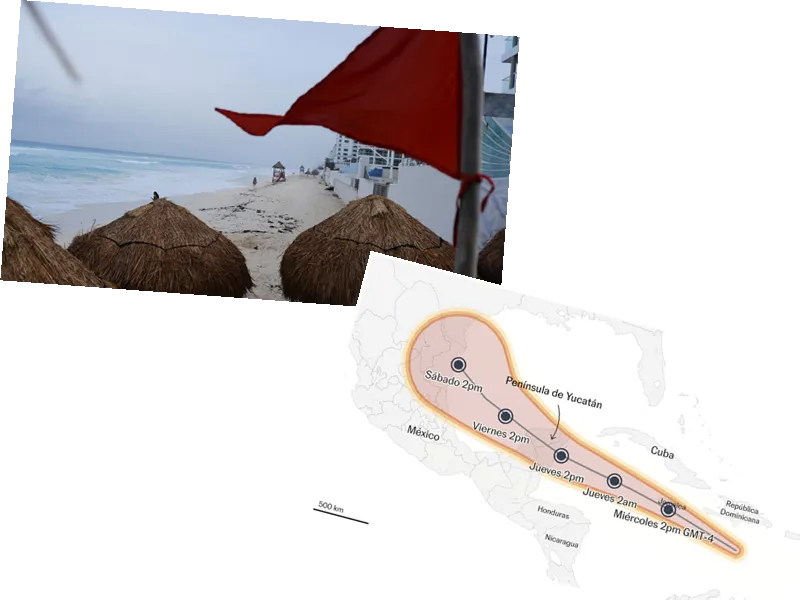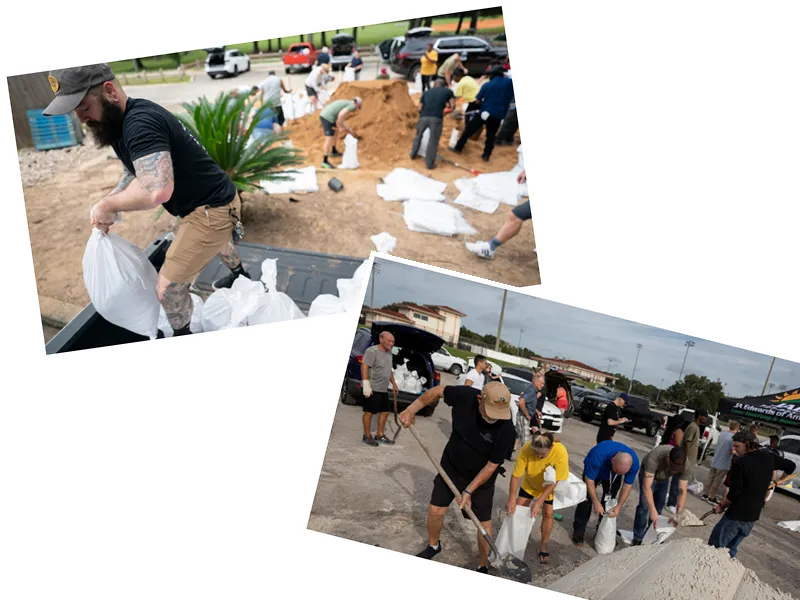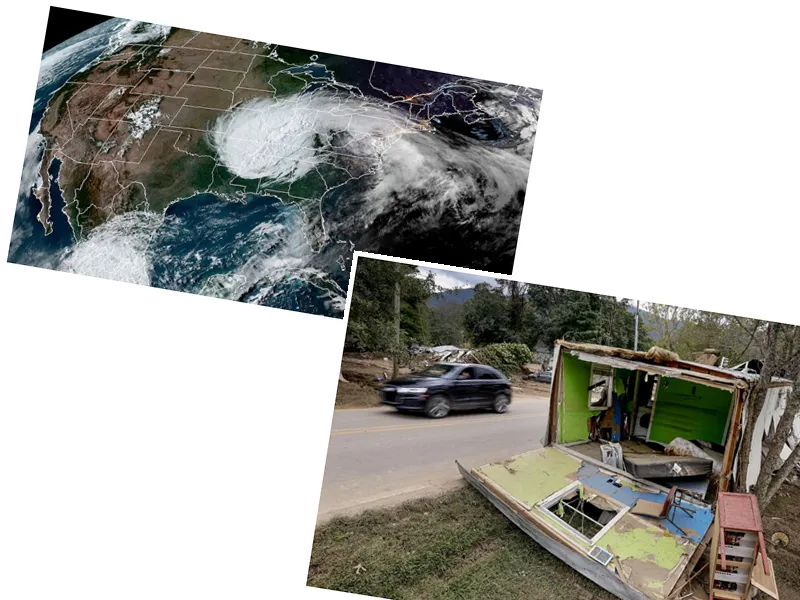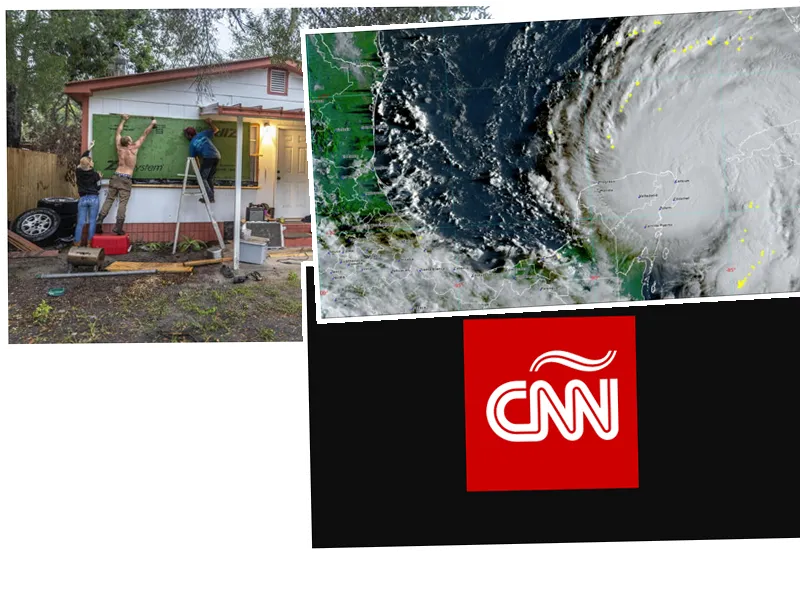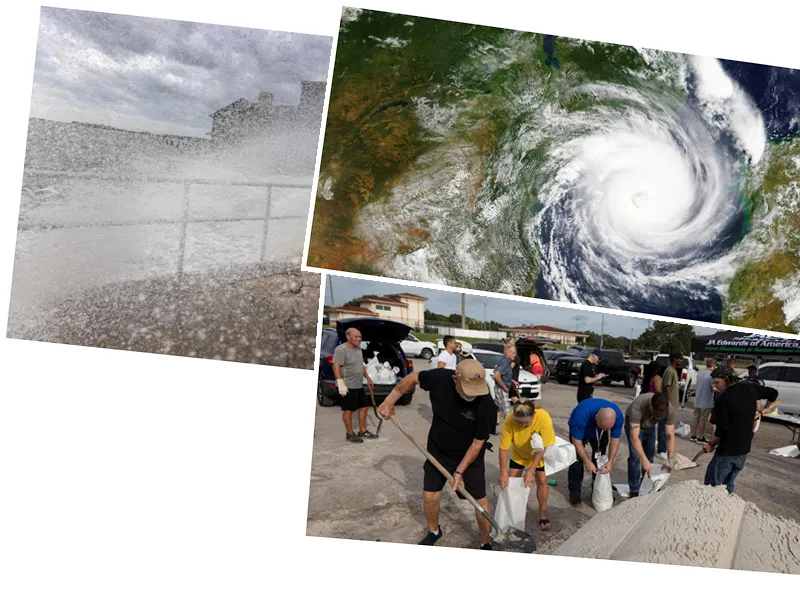Hurricane Beryl: A Devastating Force in the Atlantic
Overview of Hurricane Beryl
Hurricane Beryl has been a significant meteorological event in the Atlantic Ocean, impacting multiple regions over the past week. Initially reaching category 5, the highest on the Saffir-Simpson scale, Beryl has caused widespread destruction and loss of life. The hurricane first affected Jamaica and the southern part of the Lesser Antilles before moving towards the Yucatan Peninsula in Mexico.
Impact on Different Regions
Jamaica and the Caribbean
As Beryl approached Jamaica, it was a category 4 hurricane with sustained winds of 250 kilometers per hour. The National Hurricane Center (NHC) warned of 'life-threatening' winds and storm surges. The storm caused significant damage, including flooding and blackouts in Puerto Rico, despite not making direct landfall. In the Caribbean, Beryl resulted in at least six deaths, with fatalities reported in Grenada, Saint Vincent and the Grenadines, and Venezuela.
Mexico's Yucatan Peninsula
In Mexico, preparations were extensive as Beryl was expected to make landfall twice. The Mexican Army activated emergency plans, and around 100 flights were canceled from Cancun airport. The storm initially weakened to category 2 but regained strength to category 3 as it approached the Yucatan Peninsula. Tourists evacuated, and local authorities set up shelters and suspended classes. The hurricane is expected to intensify again in the Gulf of Mexico before impacting northeastern Mexico and southern Texas.
Climate Change and Future Predictions
Beryl's early formation and rapid intensification have been linked to climate change. Scientists highlight that warming ocean waters, influenced by phenomena like La Niña, contribute to the increased frequency and intensity of such hurricanes. The American Weather Observatory (NOAA) had predicted an extraordinary hurricane season, with the potential for four to seven Category 3 or higher hurricanes. This trend underscores the need for better preparedness and adaptive strategies to mitigate the impacts of future storms.
- In Mexico, the National Meteorological Service (SMN) provided continuous updates, predicting Beryl's impact on the Yucatan Peninsula and later on the states of Tamaulipas and Veracruz. The storm's progression was closely monitored, with authorities urging residents to stay informed and take necessary precautions.
- In the Caribbean, the aftermath of Beryl included significant infrastructure damage and loss of life. Venezuela reported the deaths of three people and the disappearance of five others. The country's National Institute of Civil Aeronautics lifted the suspension of national flights, except for the Los Roques archipelago due to remaining cloud cover and gusts of wind.
- Cuba also took preventive measures, with meteorological authorities warning of heavy rains, storm surges, and flooding in coastal areas. Although a direct impact was ruled out, the Cuban government remained vigilant, advising citizens to stay informed and comply with safety guidelines.
